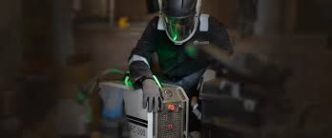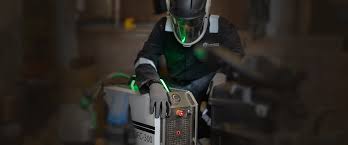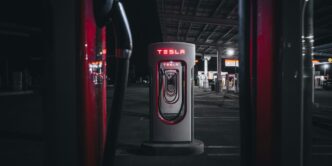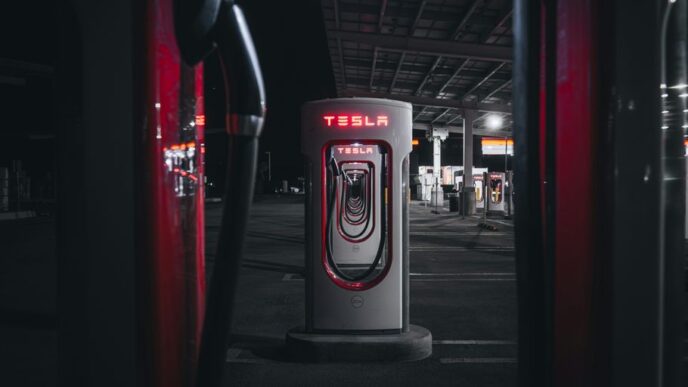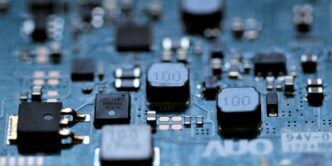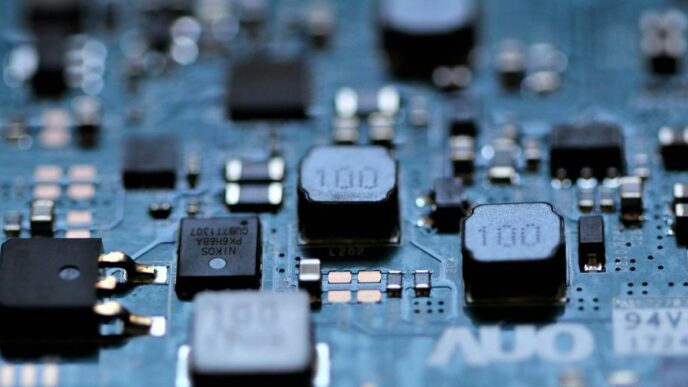In the world of industrial maintenance, efficiency and precision are paramount. Traditional cleaning methods—such as sandblasting, chemical solvents, and manual scrubbing—are increasingly being replaced by laser cleaning machines, a cutting-edge technology that offers unmatched accuracy, environmental benefits, and cost savings. Whether used for rust removal, paint stripping, or surface preparation, laser cleaning is transforming industries from automotive to aerospace.
What Is a Laser Cleaning Machine?
A laser cleaning machine uses high-intensity laser beams to remove contaminants like rust, paint, oil, and oxides from surfaces without damaging the underlying material. Unlike abrasive methods, laser cleaning is non-contact, non-abrasive, and chemical-free, making it ideal for delicate or high-value components.
Key Benefits of Laser Cleaning Technology
- Precision & Non-Destructive Cleaning
– Laser machines can target specific areas without affecting surrounding material, making them perfect for restoration work, mold cleaning, and electronics.
– Unlike sandblasting, which can erode surfaces, laser cleaning preserves substrate integrity.
- Eco-Friendly & Safe
– No toxic chemicals or media (like sand or water) are required, reducing hazardous waste.
– Minimal dust emission compared to traditional methods, improving workplace safety.
- Cost-Effective in the Long Run
– While the initial investment is higher than traditional methods, laser machines reduce labor costs, consumables, and downtime.
– Machines like the STYLECNC LC1500 (starting at $4,000) offer industrial-grade cleaning at competitive prices.
- Versatile Applications
– Automotive: Removing rust from car frames, cleaning engine parts.
– Aerospace: Stripping paint from aircraft without damaging aluminum.
– Manufacturing: Preparing metal surfaces for welding or coating.
Types of Laser Cleaning Machines
– Pulsed Fiber Lasers (50W–500W): Best for high-precision tasks (e.g., electronics, delicate artifacts).
– Continuous Wave (CW) Lasers (1000W–3000W): Ideal for heavy-duty rust and paint removal.
Choosing the Right Machine
When selecting a laser cleaning machine, consider:
✔ Power requirements (higher wattage = faster cleaning).
✔ Portability (handheld vs. robotic integration).
✔ Cooling system (air-cooled for low power, water-cooled for industrial use).
The Future of Laser Cleaning
With advancements in automation and AI, laser cleaning is becoming smarter—integrating with robotic arms and IoT-enabled monitoring for large-scale industrial use. Companies like PULSAR Laser and STYLECNC are leading the charge with ergonomic, high-efficiency models.
Conclusion:
Laser cleaning machines are no longer a luxury but a necessity for industries prioritizing precision, sustainability, and efficiency. As technology evolves, expect even faster, more affordable solutions to dominate the market.

